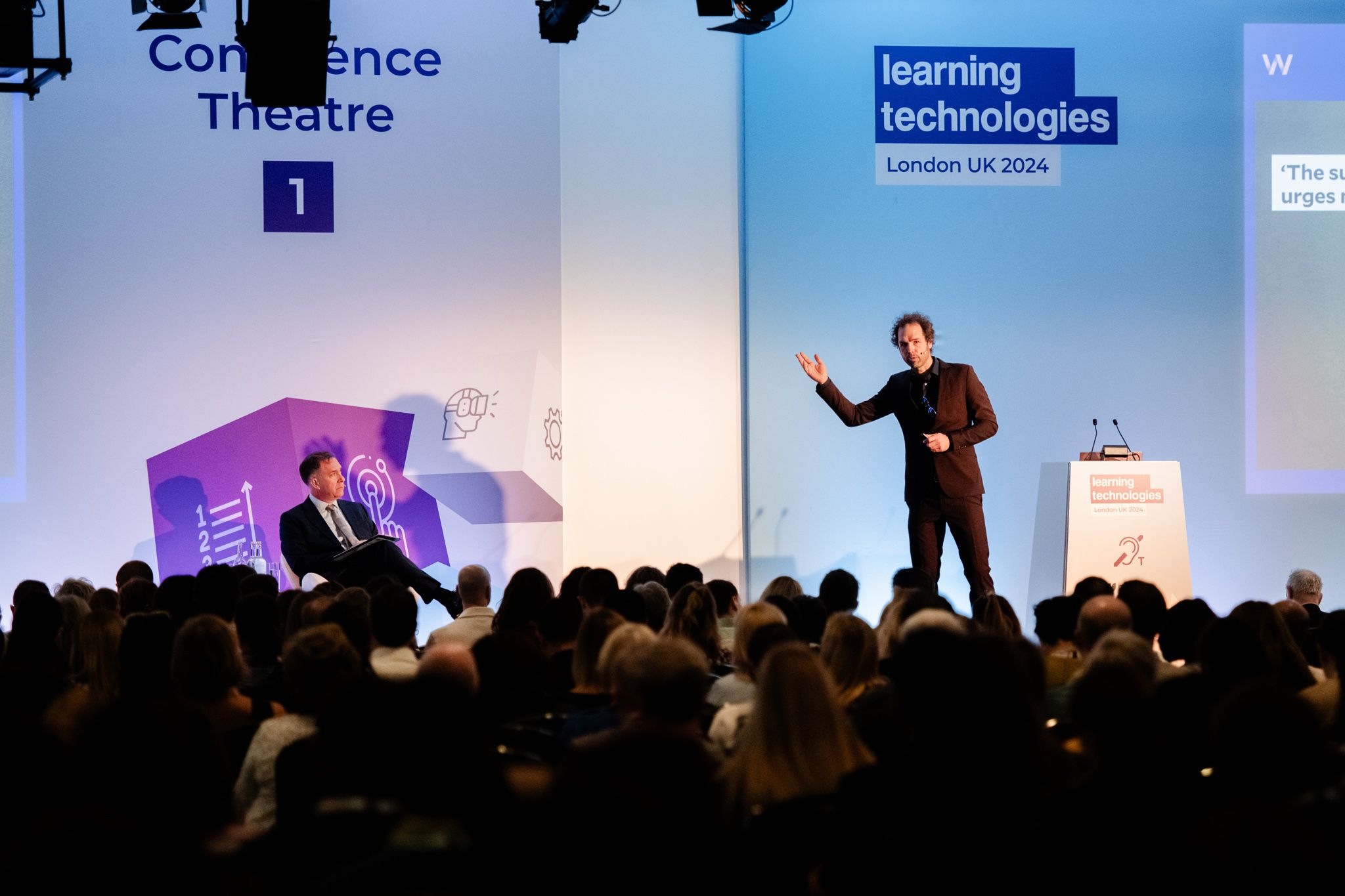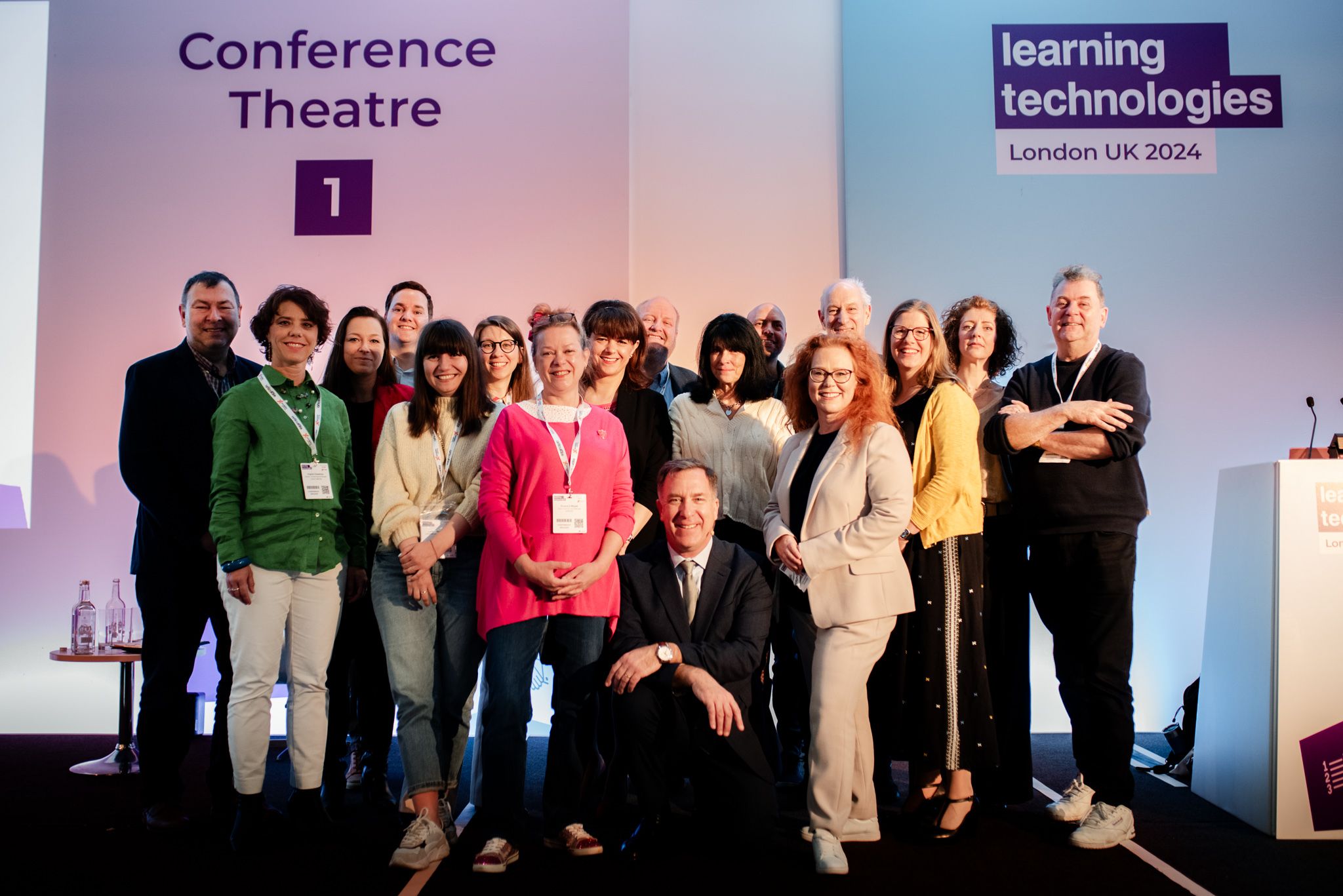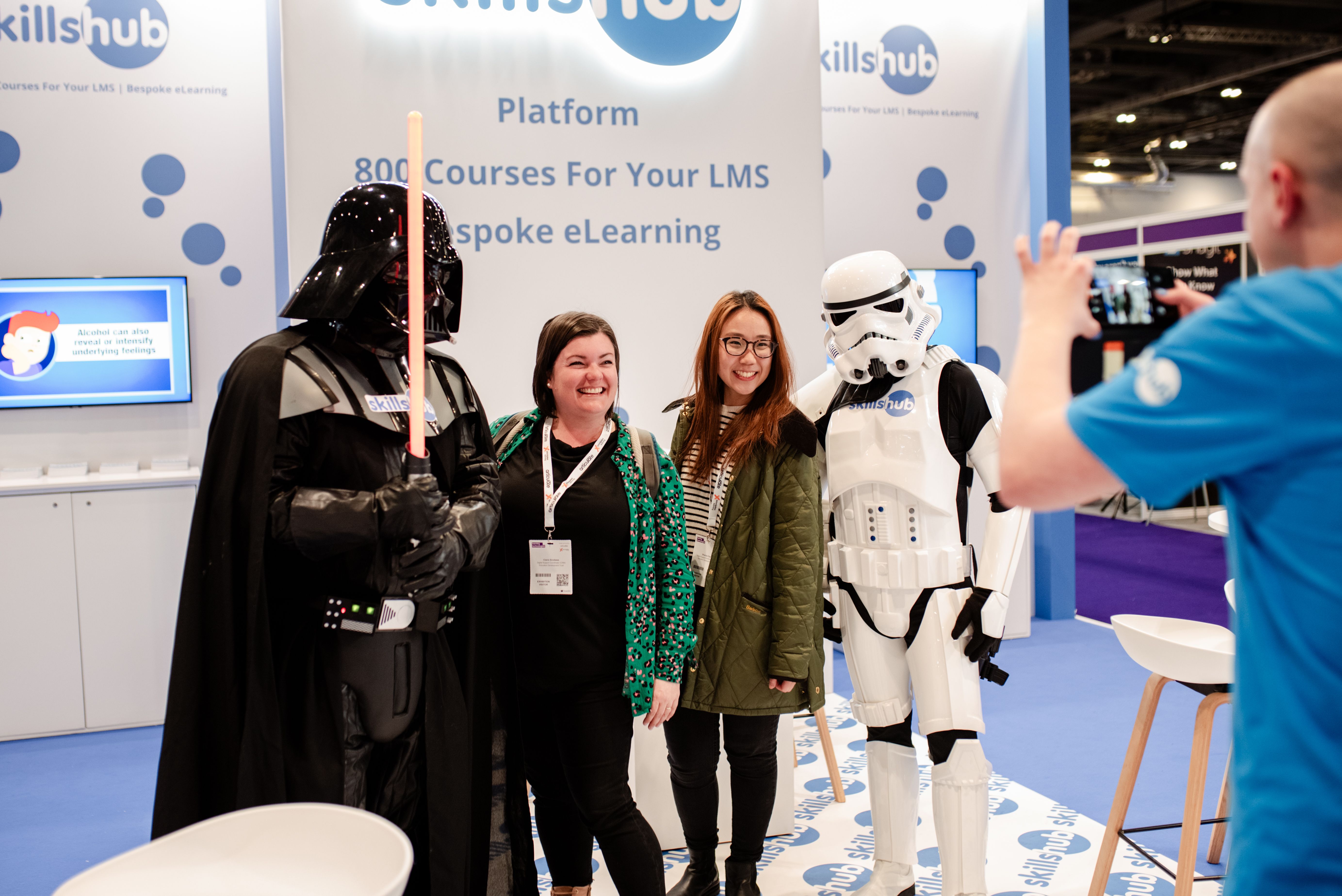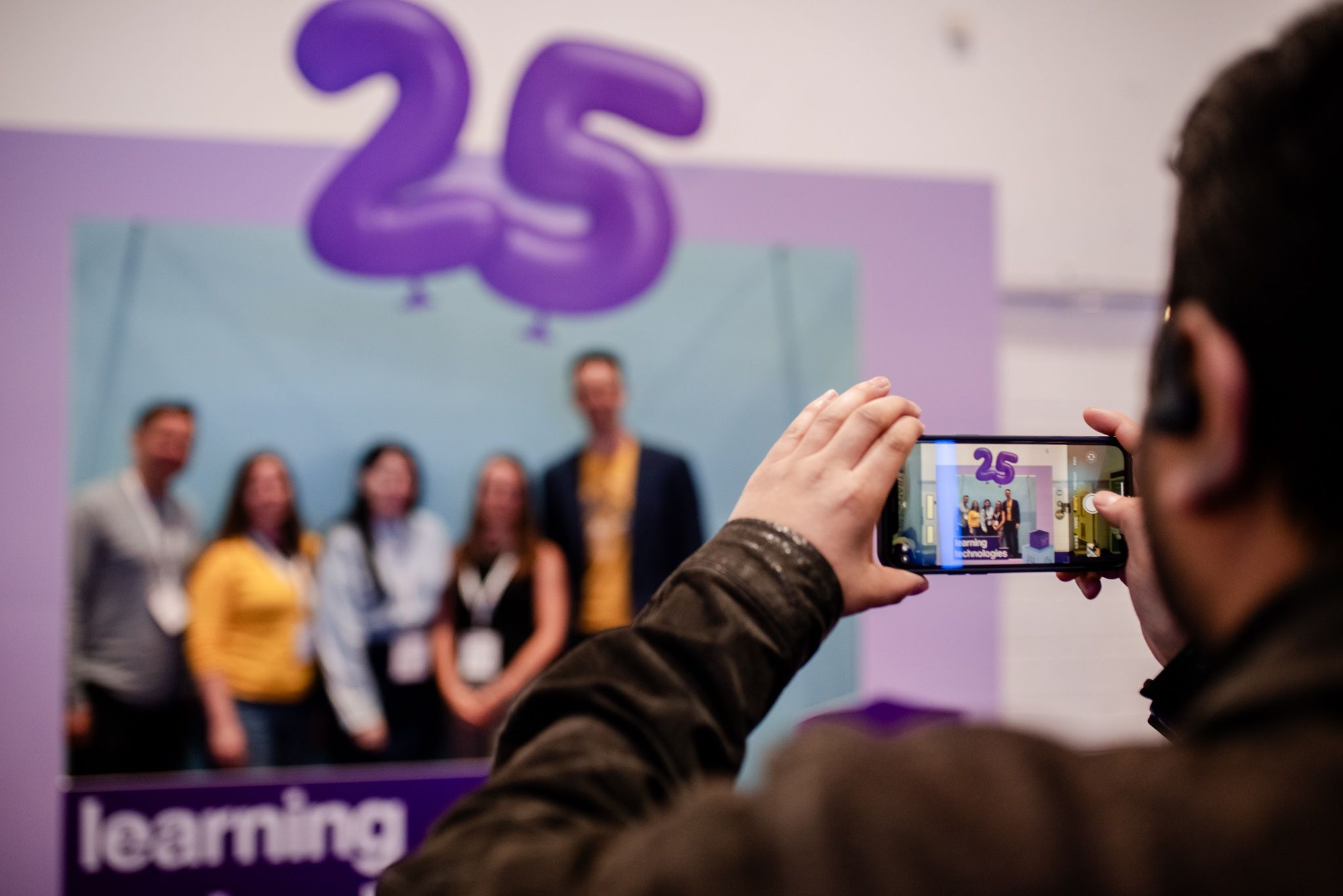From start to finish: Recapping Learning Technologies 2024
)
As another remarkable instalment of the Learning Technologies Conference & Exhibition comes to a close, it's time to delve into the insights, trends, and innovations that defined this year's event. With a clear focus on the intersection of technology, learning and people, Learning Technologies 2024 emerged as a pivotal gathering, bringing together the vibrant L&D community again.
Over 11,000 L&D experts and enthusiasts filled the halls of ExCeL London last week, delving into the evolving landscape of workplace learning. There was over 200 free seminars and more than 200 exhibitors providing cutting-edge solutions on the exhibition floor. Our conference welcomed 1,000 delegates, which was a hub of industry experts and over 90 renowned speakers and facilitators leading the conversation of the future of workplace learning.
Let’s dive right into the key moments of this edition of Europe’s leading workplace learning event, of which its 25 years celebration made it an unforgettable showcase…
AI and human behaviour take the stage: The thought-provoking conference
This year's conference featured over 90 illustrious thought leaders gracing the stage with their visions for the future of learning. Donald H Taylor, who has been Chair of the Learning Technologies Conference since its inception, delivered his opening addresses on both days. Following this was a keynote session each morning, delivered by Daniel Susskind from University of Oxford and Thimon de Jong from think tank WHETSTON.
There were two clear topics explored during the keynote sessions: Artificial Intelligence, and human intelligence. Day 1 saw Daniel Susskind talk about 'A world in flux: AI and the forces transforming work, and what we can - and should - do about it'. A key takeaway Daniel gave was that ‘…the mistaken assumption that the only way to develop systems that perform tasks at the level of human beings or higher is to copy the way that human beings perform that task.’ He instead encouraged the audience to instead ask what the problem is you’re trying to solve, and how can a machine cope with uncertainty.

Thimon de Jong's focus was much more on the current 'mental health epidemic' that the world is experiencing. Thimon shared key statistics about what age groups are more affected by mental health and in what ways. For example, Generation Z are far more worried about the future and so take a very 'here and now approach to learning' — Thimon discussed the ways in which L&D teams can encourage different age groups to work together on these differences. He used an example of the history of the automated elevator to illustrate the importance of people's real-time responses to new things. For example, when nobody wanted to use elevators as they were unfamiliar, physiologists added 6 things to make them more accessible for everyone:
- Stop button: people are in control
- Call button: people connecting with others
- Alarm: people can get help
- Music: people are calmed by the sounds
- Mirror: people are distracted by their own reflections
- Advertising: people can see others, of all ages, are using it

What followed was two days of conference sessions delving deep into all the important, relevant topics of L&D right now and what the future holds. From groundbreaking discussions on technology-driven personalised learning, to explorations of the role of sustainable L&D experiences, every session offered invaluable perspectives on harnessing technology to enhance learning.
The latest and greatest in learning: The bustling exhibition
With over 200 international exhibitors on the exhibition floor, there was lots to learn and plenty of fun features to discover. Exhibitors captivated audiences with dynamic live product demonstrations of the latest tech in our Bitesize Learning Zones, and delivered compelling seminars running across 11 Theatres. These sessions showcased the capabilities of their products and services, and attendees seized the opportunity to engage directly with vendors, gaining insights into how these could be tailored to address their organisation's unique L&D challenges and drive business results.
The exhibition hall emerged as a vibrant nexus for networking with over 11,000 L&D attendees, facilitating meaningful connections and collaborations among L&D professionals and thought leaders. Against the backdrop of bustling activity, people exchanged ideas, forged strategic partnerships, and gained inspiration from peers representing a diverse spectrum of sectors and industries, underscoring the collaborative spirit at the heart of Learning Technologies.

And that's not all! We know how to have fun at Learning Technologies, and there were plenty of activities to experience in-between the free seminars and networking. Each vibrant stand had its own personality, with some highlights including VR experiences, AI-generated headshots, a basketball game, spin-the-wheel for prizes, and colourful cafés for coffee catch-ups.
Celebrating 25 years and looking beyond to 2025!

This year's edition of Learning Technologies carried special significance as it marked the celebration of 25 years. Over the past quarter-century, Learning Technologies has evolved from its humble beginnings as an IT Training show into Europe's leading workplace learning event — serving as a catalyst for innovation, collaboration, and transformative change within the learning and development landscape.
As Learning Technologies casts its gaze toward the next 25 years and beyond, it remains committed to empowering organisations to unlock the full potential of their workforce through immersive, transformative L&D experiences. With a dedication to fostering innovation, facilitating collaboration, and providing the ultimate space for L&D networking, Learning Technologies continues shaping the future of workplace learning, charting a course towards a brighter, more inclusive future for learners and organisations worldwide.


)
)
)
)
)
)
)
)
)
)
)
)
)
)
)
)
)
)
)
)
)
)
)
)
)
)
)
)
)
)
)
)